Silicone Focal Beads Wholesale
Silicone focal beads wholesale- round hexagon character designer flat cube wholesale or en detail cute silicone beads.

Original price was: $13.99.$7.99Current price is: $7.99.
43% Off
Original price was: $16.99.$9.99Current price is: $9.99.
41% Off
Original price was: $17.00.$5.99Current price is: $5.99.
65% Off
Original price was: $20.00.$13.99Current price is: $13.99.
30% Off
Original price was: $16.99.$12.99Current price is: $12.99.
24% Off
Original price was: $11.99.$9.99Current price is: $9.99.
17% Off
Original price was: $20.00.$13.49Current price is: $13.49.
33% Off
Original price was: $14.00.$4.99Current price is: $4.99.
64% Off
Original price was: $14.99.$8.99Current price is: $8.99.
40% Off
Original price was: $10.00.$4.99Current price is: $4.99.
50% Off
Original price was: $15.00.$11.99Current price is: $11.99.
20% Off
Original price was: $17.00.$15.99Current price is: $15.99.
6% Off
Original price was: $20.00.$19.99Current price is: $19.99.
0% Off
Original price was: $21.00.$18.99Current price is: $18.99.
10% Off
Original price was: $12.00.$9.99Current price is: $9.99.
17% Off
Original price was: $12.00.$9.99Current price is: $9.99.
17% Off
Tags
Tags
Shop Silicone Beads
Shop By Category
Learn to Bead With Us
Beading Tutorials – Tips and Tricks
Subscribe now and get special offers
From Our Blog
OUR MOST RECENT POSTS
Subscribe to our newsletter and get 10% Off!
Check out our silicone focal beads wholesale page. Beads for Sale, wholesale daisies sunflowers, cute animal beads and charms, fancy round and hexagon colored beads.
Flower charms and flower beads are lovely items to give a jewellery piece an elegant and cheerful appearance. In addition, jewellery pieces with flower beads and charms are timeless and stylish must-have items regardless of the time of year. Clever Beads Flower beads wholesale has a large assortment of the most beautiful flower charms and beads. The items of this assortment are available in many different shapes and materials. As polymer, hematite, glass, stainless steel, DQ European metal and more. Due to the large selection of flower charms and beads, you can select the models that match your collection the best. Silicone beads in various colors of flower items? You will find it in here.
Wholesale silicone focal beads
On this page you will find clearance sales on some wholesale silicone focal beads.
We also offer bulk discounts to wholesalers, or offer special deals for large volume purchases. For bulk discounts on large orders please contact us for a personalised offer.
Within the hexagon beads wholesale assortment there are unique charms and beads, in a large variety of colors. These silicone charms represent each mood with a different color. Moreover, the silicone beads for sale hexagon are stunning and ideal for beading! You will create the fanciest trendiest jewellery. Would you like to make cute jewellery? Then go for the wonderful animal beads.
Creating your own silicone beads earrings can be rewarding and fulfilling. Animal beads and charms are excellent to incorporate in every kind of jewellery piece. From tough, cute, trendy to playful. You can make a trendy charm bracelet and several animal charms. The perfect ingredients for a stunning arm party! The silicone focal beads wholesale items are so beautiful and versatile, you can create a necklace by hanging a hexagon charm on a bracelet or bead necklace. It doesn’t matter what type of jewellery piece you are going to make, silicone beads and charms are great to combine with several other beads and threading materials. For the ultimate silicone beads jewellery, you compose a jewellery piece together with daisy beads, round silicone beads and hexagon silicone beads. Of course, we cannot forget flower earrings! You can make flower earrings in many different styles. All you need is a headpin, jump rings, earring findings and flower items. The fun thing is that you can choose for flower charms as well as flower beads. Make a choice and get started with the flower charms and beads for the most fashionable flower jewellery.
You might associate beads with your favorite childhood bracelet, or beading as a fun hobby that you can do in your spare time. But where did beads actually come from, and where did they originate as decorative jewelry pieces? While it’s not possible to pinpoint exactly where beads came from - as many civilizations discovered them around the same time - we can take a look back through history at some of the cultures and continents that first discovered beads, and what they symbolized for each era and people respectively.
What are Beads?
Used in jewelry making and even home decor, beads are round, pierced design elements, and tend to be made from anything from wood to glass. Beads also come in a range of different sizes - you can take a look at our full range of seed bead sizes for reference. While the use of beads is commonplace, what does distinguish modern beads from their earliest iterations is how they were used: while ancient beads were once used for higher purposes, whether it be to ward off evil spirits or signal their social rank, modern beads are known as being diverse, decorative and most typically used in personal jewelry,
According to archeologists, the earliest known beads date back to approximately 100,000 years ago, discovered in a cave known as the Skuhl Cave in present-day Israel. These ancient beads were made from Nassarius shells and are believed to be among one of the first attempts at decorative jewelry in human history.in prehistoric times beads weren’t merely decorative; instead, they played a significant role in their respective ancient and religious societies. In Egypt, for example, beads known as “Funerary Amulets” were often integral to burial ceremonies, believed to protect and guide the deceased in the afterlife. In other cultures, beads served as symbols of status and wealth, or as talismans to ward off evil, such as the “evil eye” pendant also used by Ancient Egyptians.
As human civilizations evolved, so did their use and production of beads: the Indus Valley Civilization (around 3300–1300 BCE) in South Asia was known for its advanced urban planning and architecture, and this early craftsmanship also produced intricate beadwork: these beads were made from materials like gold, silver, copper, and semi-precious stones, and are more similar to what you might find on the high street today.
In the Americas, pre-Columbian societies - including the Maya and the Aztecs - also created beads from jade, silver, and gold, and these beads were often associated with religious and ceremonial practices; for example, jade was seen to symbolize life and death, whereas gold and symbol were seen to symbolize the sun and moon.
Who Invented Beads?
The question of who exactly invented beads is a bit like asking who invented the wheel; it's a discovery that occurred independently across various ancient civilizations, from the Mayans to Ancient India. While advancements in archeology might one day find the answer to this question, as of 2023 there is no single inventor or culture that can claim the right to have invented bead-making. Rather, it's a craft that evolved simultaneously in different parts of the world: for example, in Africa the earliest beads were made from eggshell, bone, and ostrich shells, while in Europe and the Middle East, ancient peoples used stones, bones, and eventually metals to decorate their bodies. In the Americas, native cultures crafted beads from turquoise, amber, and even coral.
What are Beads Made Of?
The materials used to make beads throughout history were often as simple as what was readily available; for example, some of the earliest beads were made from naturally available materials like bone, shell, wood, and stone, as these were simple to use and source, and easily accessible. Even today, bangles and bracelets made with wooden beads remain a popular fashion choice; As civilizations advanced, the materials and techniques used for bead-making evolved alongside them: in ancient Egypt, faience beads - an early iteration of glass beads made from crushed quartz - became increasingly popular. The development of glass bead-making also marked a significant evolution, and glass beading continues to be a popular and affordable choice today for jewelry makers looking for high-shine, versatility, and durability in their creations. While the earliest glass beads date back to around 2000 BCE in Mesopotamia and Ancient Egypt, it was in the 20th century where glass cutting really came into its own: in particular, through the Austrian brand Swarovski. Swarovski used precision-cut glass cutting to create a crystal that resembled an authentic diamond - the “affordable diamond” - and the brand continues to be the benchmark for crystal-cutting and glass beads.
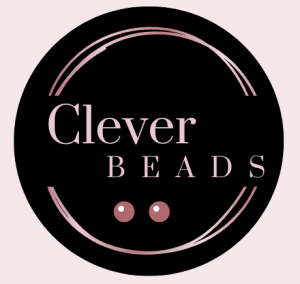
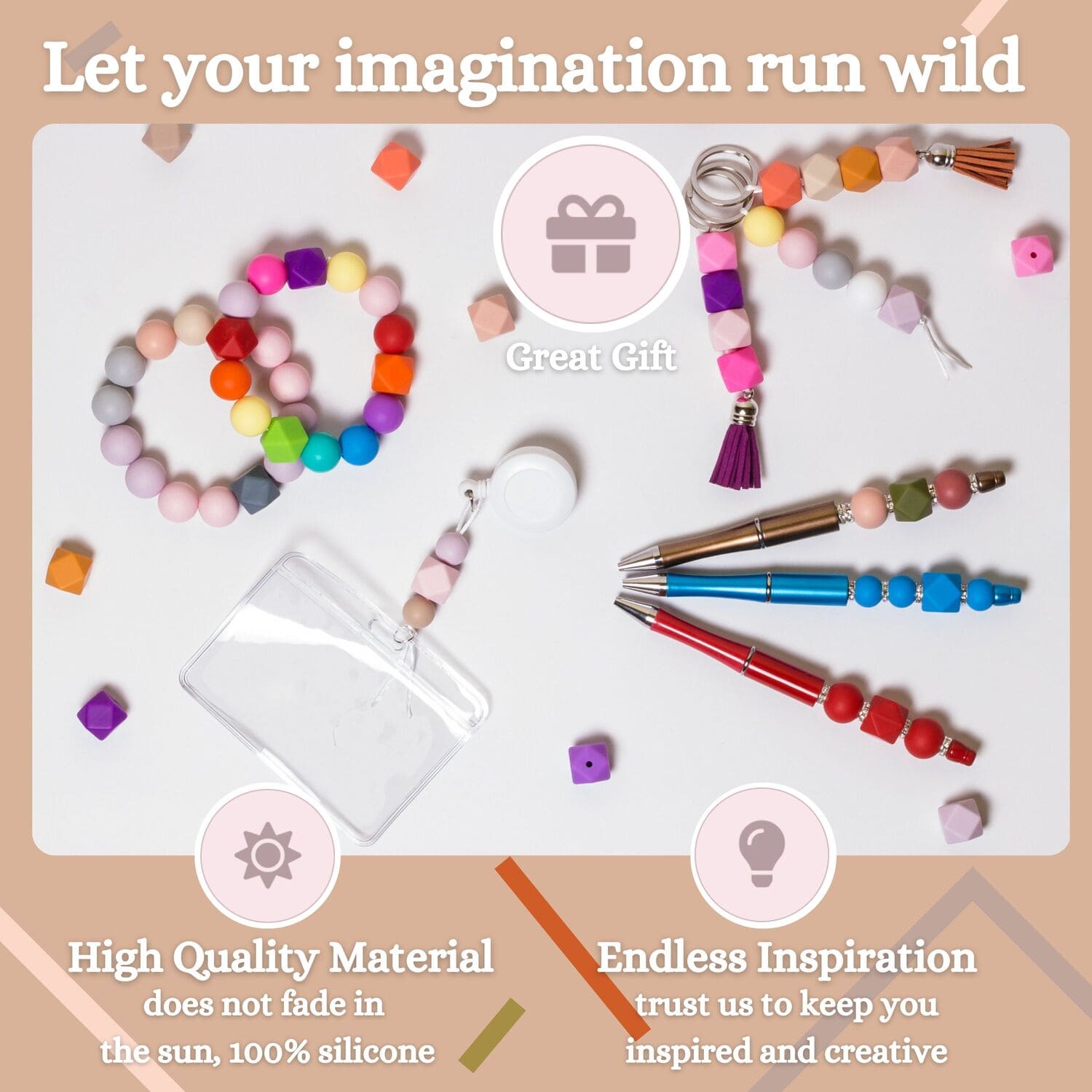
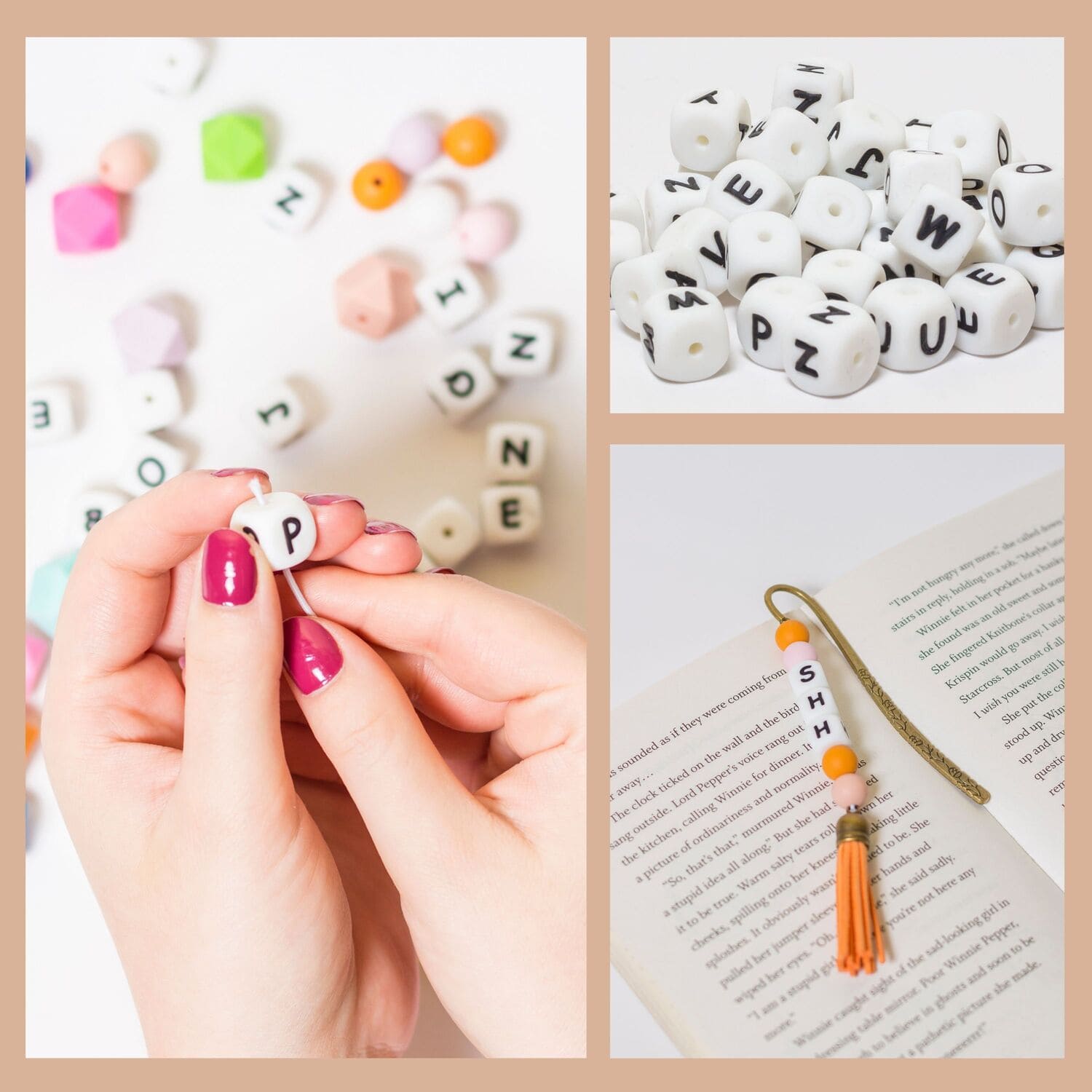

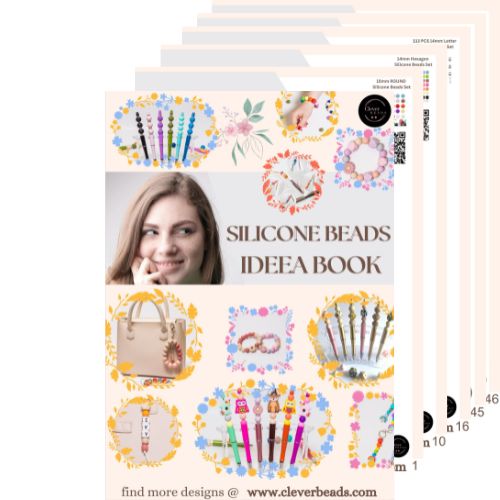

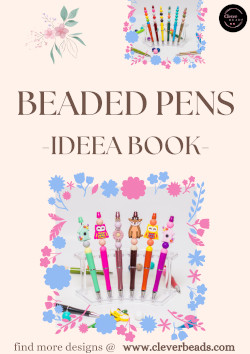
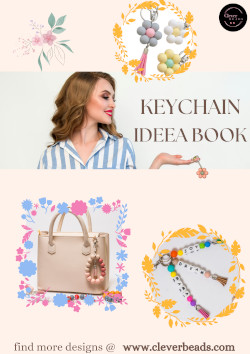
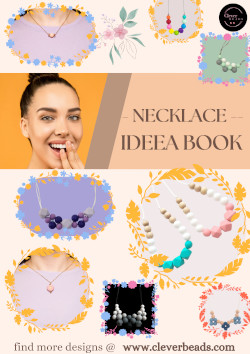

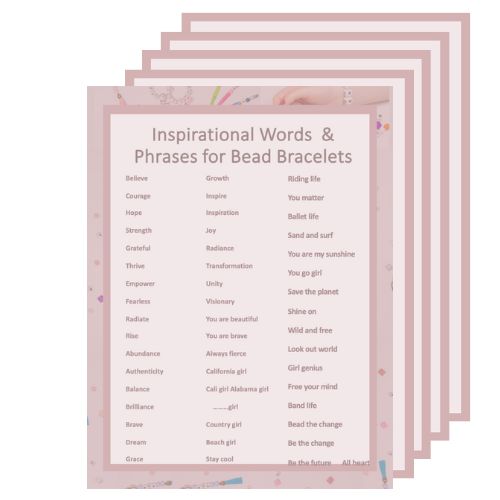
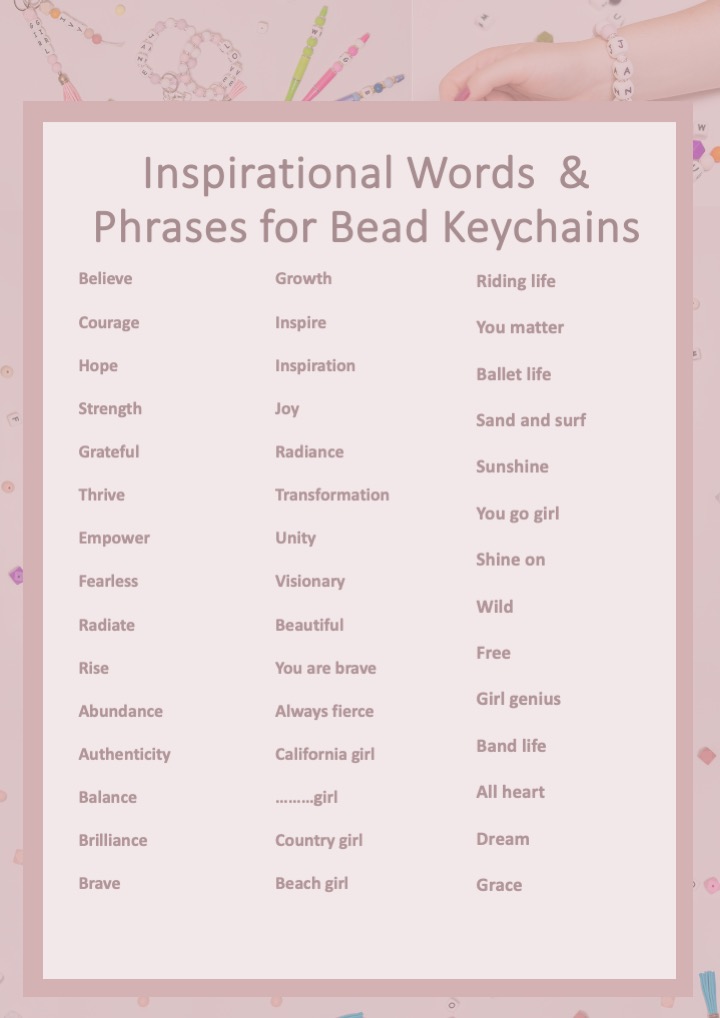


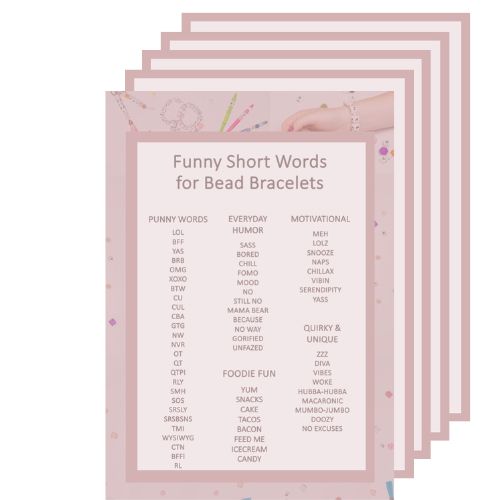
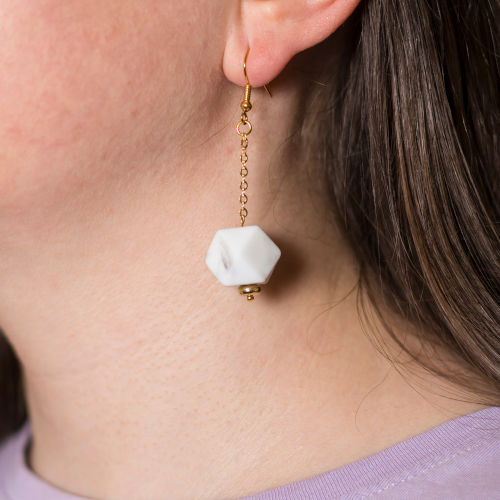
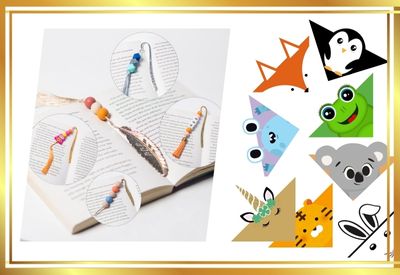
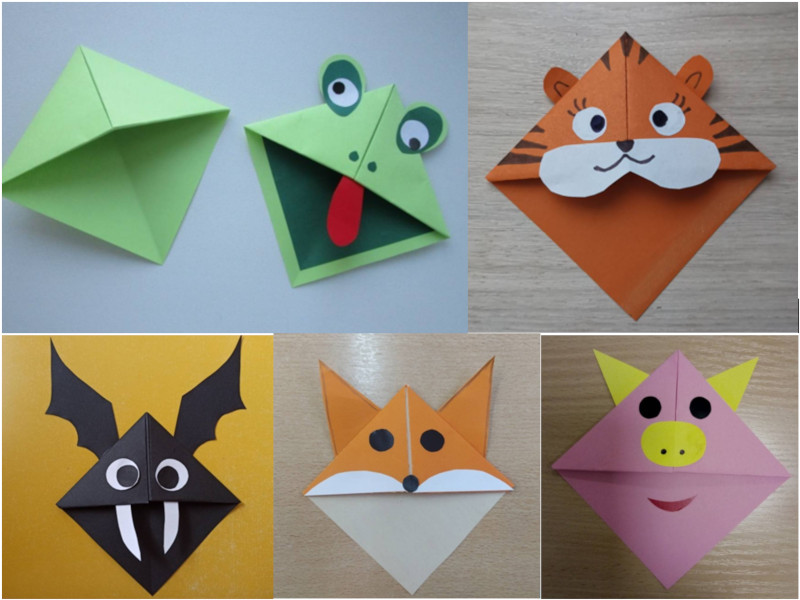
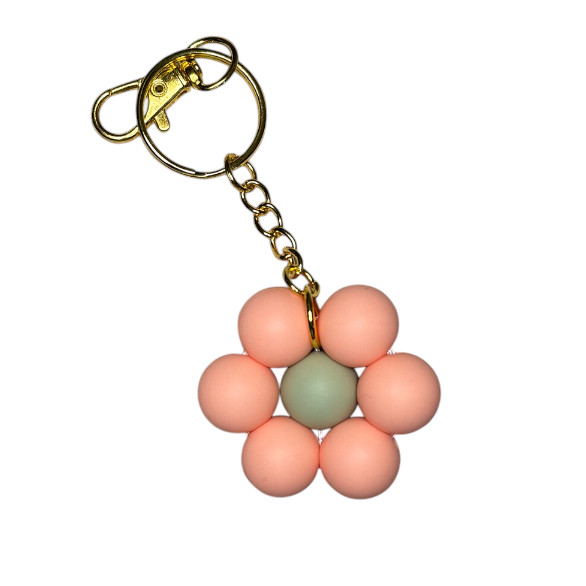
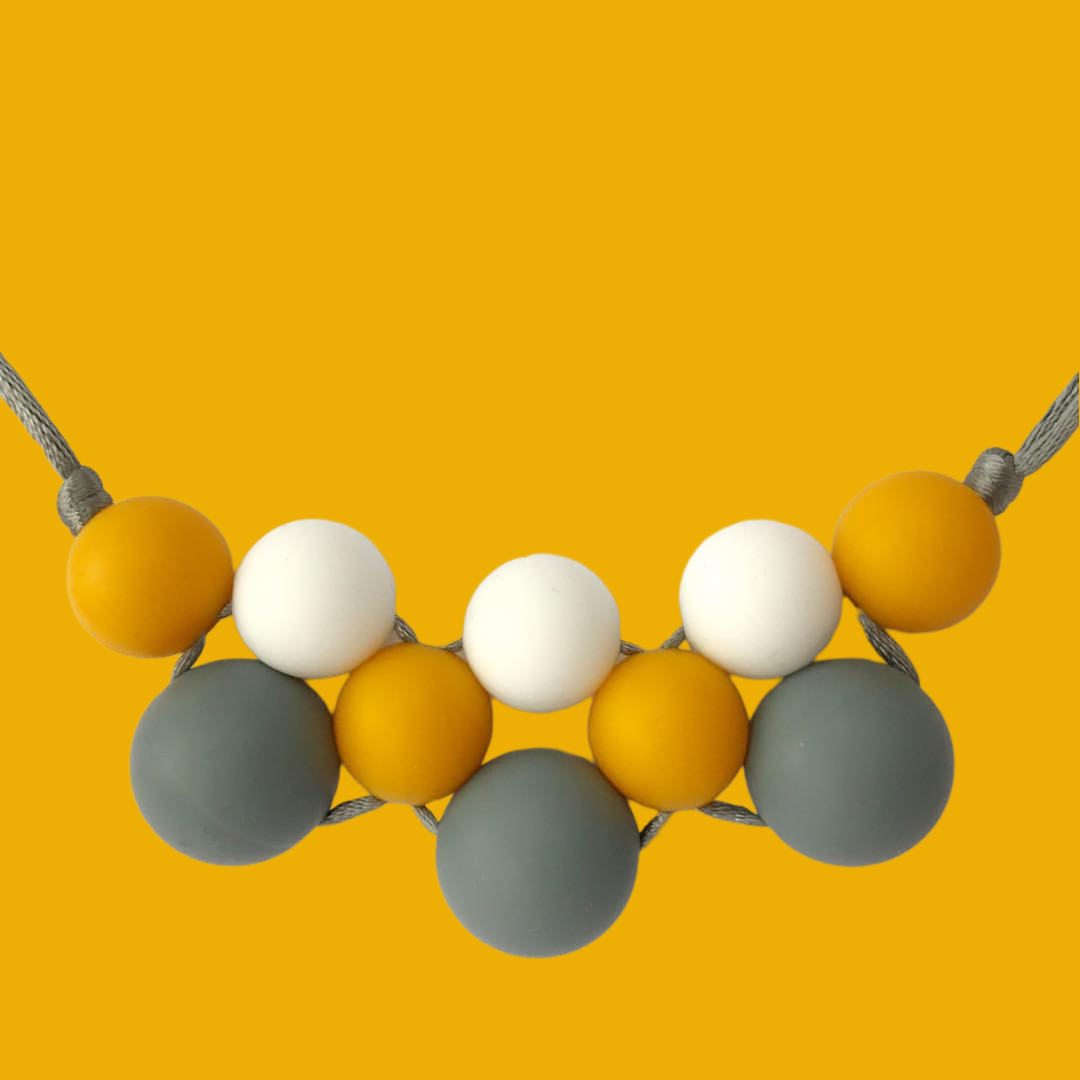
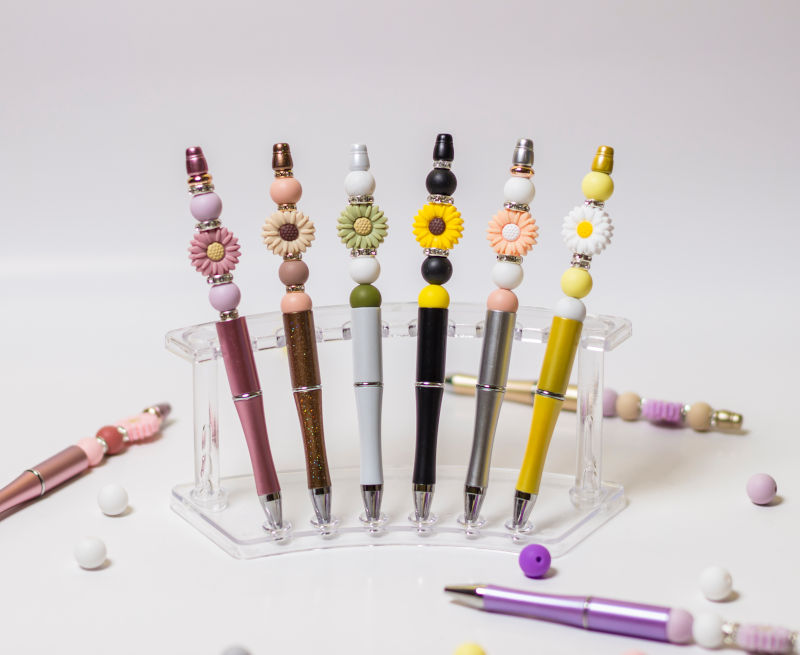
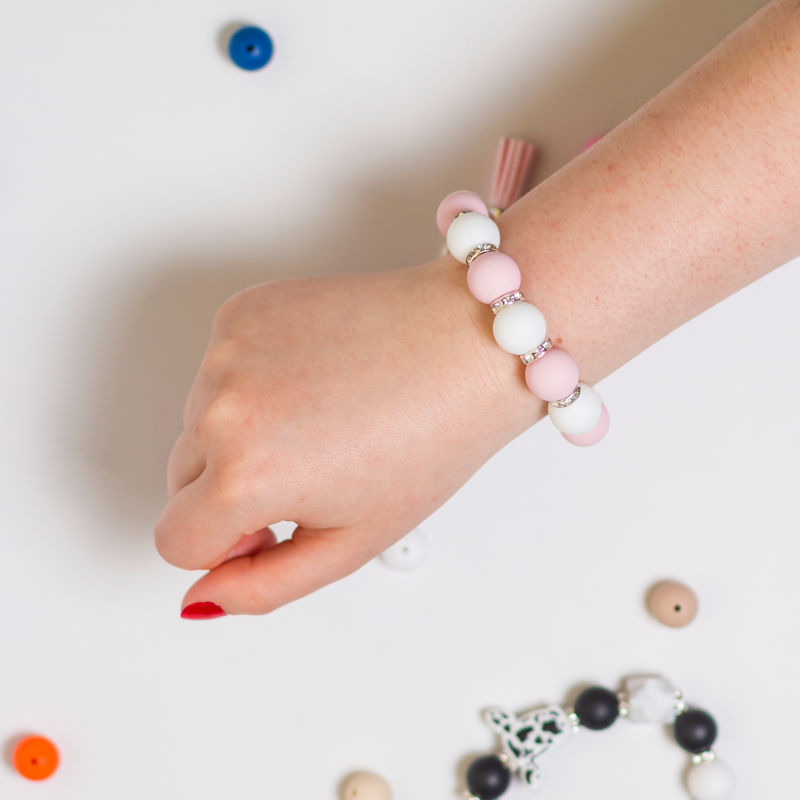





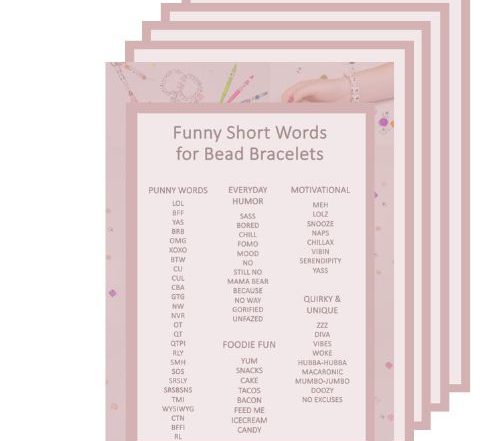


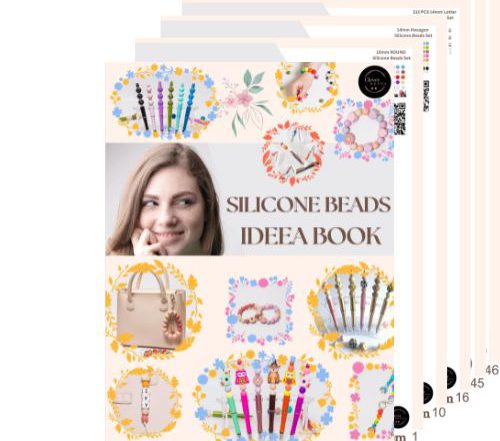




Pam says:
BettySweet says:
Jamie says: